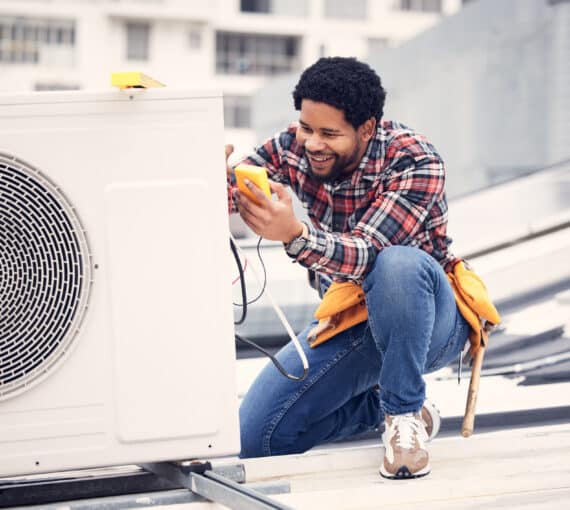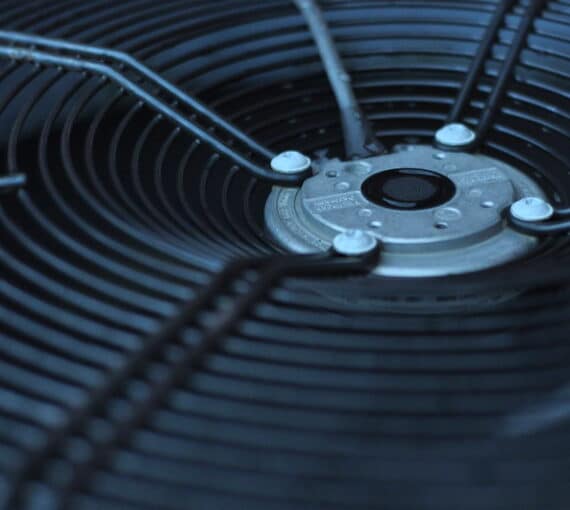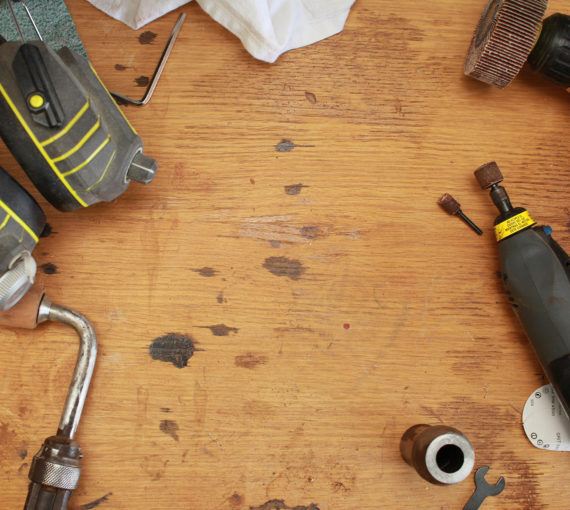
When it comes to green home improvements, many think first and foremost about saving energy. And while it’s important to do things like dry laundry on a clothesline and choose energy-efficient appliances, to make homes really climate-friendly, we need to focus on getting fossil fuels out of them.
Burning fossil fuels produces greenhouse gases, which over time has caused the global climate to change. Simply put, if we burn fewer fossil fuels, we release fewer harmful, heat-trapping emissions into the atmosphere. To avoid the worst impacts of the climate crisis we need to reduce our emissions to zero.
Our homes produce a LOT of emissions. In 2019, households accounted for almost one-quarter of energy used in Canada — that’s more than 18 per cent of the country’s total GHG emissions. Sixty per cent of that energy was used for heating and cooling homes.
Getting fossil fuels out of your home isn’t just good for the climate — it’s good for your health. If your furnace or stove burns fossil fuels, it’s likely polluting your home with dangerous toxins that can cause a host of ailments, from respiratory issues to heart disease.
Investments in making your home fossil fuel–free will also save you money in the long run.
You’ve got options, whether you’re a homeowner or a renter. Start with one change, then move to another. And if you simply can’t rid your home of fossil fuels right now, concentrate on making your home as energy efficient as possible.
Top four ways to get fossil fuels out of your home
1. Swap your furnace for a heat pump
Many people in Canada rely on fossil fuels to heat homes. This creates a lot of emissions, mostly from natural gas. Natural gas is largely composed of methane, a potent GHG and major contributor to climate change.
So, what’s the alternative to heating our homes with fossil fuels? Electrification.
Canada’s electricity grid is relatively clean; many provinces and territories get most of their electricity from hydro power. Only Alberta, Nova Scotia, Nunavut and Saskatchewan still get most of their electricity from fossil fuels (though this will change over the next decade). So, by switching to electric heating, most people who live here can significantly decrease their emissions at home.
That’s where heat pumps come in.

Thinking of a heat pump?
Heat pumps heat and cool, are energy efficient and a great climate solution. They also save money and work in cold weather. What’s not to love?
What’s a heat pump and how does it work?
A heat pump uses electricity to move heat from one place to another. In summer, it moves heat from inside your home outside, cooling the place down. In winter, it pulls warm air from outside (because even when it’s cold out, there’s still considerable heat energy in the air) and moves it indoors.
Options for renters
Unfortunately, there aren’t a lot of options for renters who want to make the switch. Your best bet is to talk to your landlord about the benefits of installing a heat pump. Be sure to mention the rebates!
(Nervous about navigating a difficult conversation? Our climate conversation coach can help.)
2. Replace your gas water heater with a heat pump water heater
Water heaters are energy hogs, second only to space heaters when it comes to energy use. And the older your water heater is, the less efficient it is.
In Canada, water heaters account for nearly 20 per cent of the energy used in the average house and 21 per cent of residential GHG emissions.
Again, if you can heat your water with electricity rather than fossil fuels, you’ll drastically lower your emissions (provided you live in a province with a clean electricity grid).
Like a heat pump, a heat pump water heater uses electricity to move heat from one place to another. In this case, the heat is transferred to a water tank. Since a heat pump water heater moves heat rather than generating it, it’s up to 60 per cent more efficient than a conventional electric water heater.
Heat pump water heaters are also eligible for rebates. And by using less energy, you’ll save money in the long run.
Options for renters
Talk to your landlord about the benefits and rebates available.
3. Trade your gas stove for an induction stove
Not long ago, the gas stove was the coveted kitchen appliance. And while the fossil or fracked (a.k.a. “natural”) gas industry still tries to convince us they’re harmless, we now know better. Gas stoves aren’t just bad for the planet — they’re bad for our health too.
The dangers of gas stoves
In the U.S., gas stoves emit approximately 6.8 million tons of carbon dioxide each year — equivalent to emissions from 1.9 million gas-powered cars. They can also emit methane, an even more potent GHG than CO2.
A gas stove also produces harmful pollutants like nitrogen dioxide, which can cause respiratory issues, especially in kids with asthma, as well as heart disease and other illnesses. In some homes with gas stoves, nitrogen oxide levels exceed Health Canada’s guidelines for exposure. And these pollutants can linger for hours.
What’s an induction stove and how does it work?
An induction stove is a healthier, more climate-friendly alternative to gas. Many chefs swear by them.
Unlike a gas stove, which uses thermal induction to heat a pot or pan, an induction stove uses magnetic induction. An electric current passes through a coiled copper wire underneath the cooking surface, creating a magnetic current throughout the cooking pan. It produces heat almost instantly, which makes it far more energy efficient than traditional electric and gas cooking.
Options for renters
If you can’t convince your landlord to install an induction stove or range, consider getting a portable induction cooktop. You can take it with you when you move.
4. Replace your gas fireplace with an electric one
You’ve probably heard that wood-burning fireplaces release dangerous toxins in your home. But gas fireplaces aren’t a safe alternative. Ventless fireplaces are of particular concern. They send combusted air, which can include pollutants like CO2 and nitrogen dioxide, directly into your living space.
Again, there’s an effective electric solution. A decorative electric fireplace will make your home look just as cosy as a gas fireplace. Some electric fireplaces also give off heat without burning wood or fossil fuels (though if you have a heat pump, you’ll want to use that to heat your home).
Options for renters
If you have a gas fireplace in your home, simply avoid using it or shut off the gas supply to the pilot light.

Heat pumps save money, reduce pollution and help the climate
It sounds too good to be true: a way to efficiently heat and cool your space, save money, reduce indoor and outdoor pollution and do your part in the global effort to curtail climate change!



